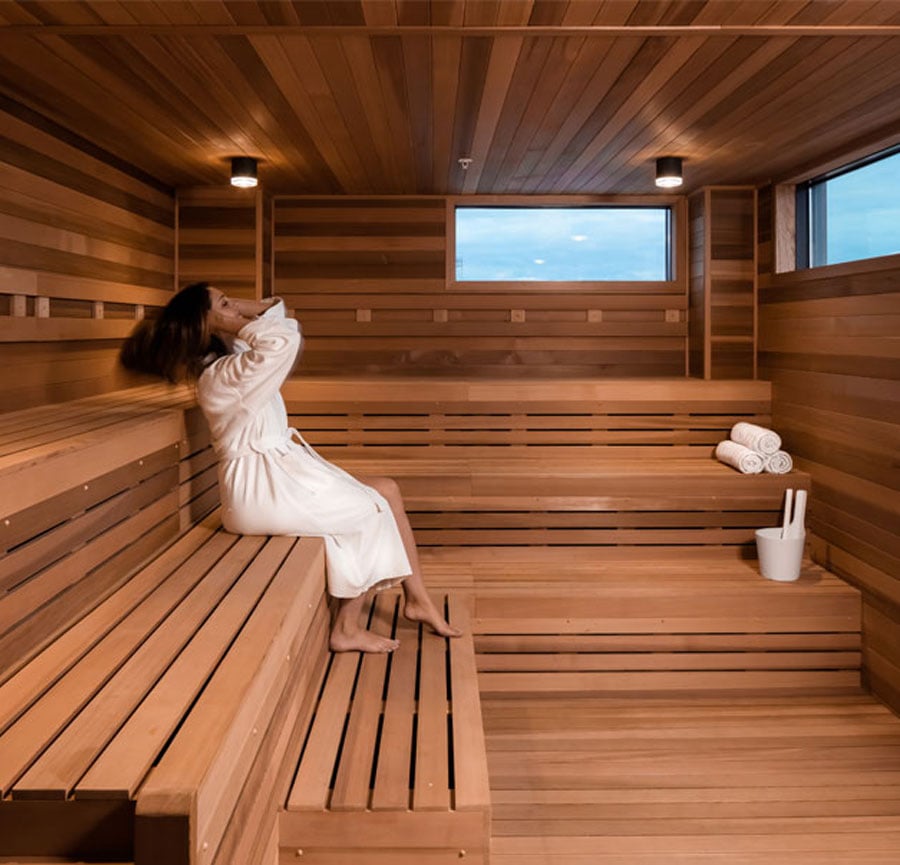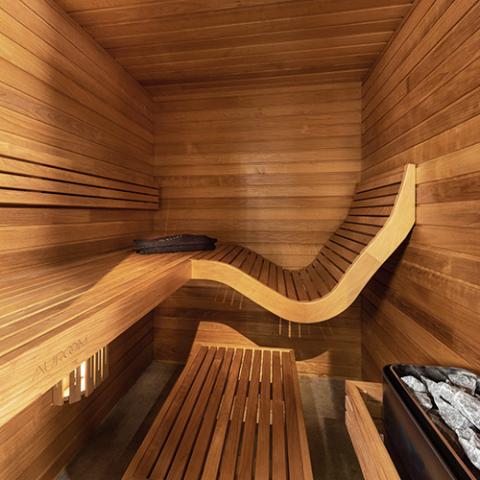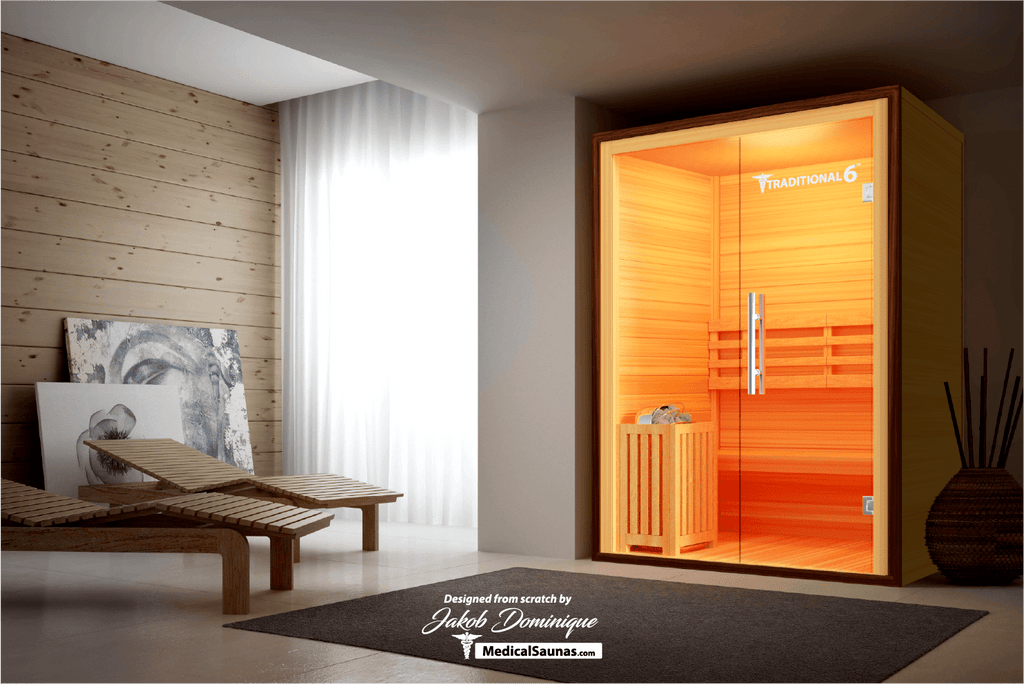A Biased View of Traditional Sauna
A Biased View of Traditional Sauna
Blog Article
About Traditional Sauna
Table of ContentsAll About Traditional Sauna5 Simple Techniques For Traditional SaunaTraditional Sauna Things To Know Before You Get ThisSome Known Details About Traditional Sauna More About Traditional Sauna
A lot of the weight lost in a sauna is water loss and is re-gained upon rehydrating. Without an uncertainty sauna can be a crucial part of a healthy and balanced weight loss program. To check out the differences in between typical and IR saunas, I will separate these right into verifiable, theoretical, and fabricated distinctions.Thus, the hottest factor in the saunawhich is at the ceiling straight above the sauna heateris usually between 185 and 190 F. Claims that a conventional sauna exceeds 200 F is merely not true and not appropriate for electric saunas marketed in the United States. The temperature for a far-infrared sauna is usually established between 120 and 140 F; nonetheless, unlike the standard sauna, the goal in and IR area is not to attain a high temperature level.
As a result of this, the temperature level difference is virtually unimportant, considering that extreme sweating results in both sauna types, however the technique of heating up the body is different. In an IR sauna the bather will really feel warm and will sweat a lot, yet at much lower temperature levels (Traditional Sauna). Thus, if the objective is to invest longer durations of time in the sauna, the IR sauna is a great selection
When a conventional sauna has been correctly warmed, the sauna walls are cozy, the air temperature has achieved set temperature level and the rocks are very warmed. As a fascinating side note, the warmed wall surfaces and the rocks are emitting far-infrared warm, incorporated with the heated air, to produce an "covering warmth".
About Traditional Sauna

When the high temperature is accomplished, the elements cycle on and off to maintain the heat. Many standard sauna individuals take pleasure in pouring water over the rocks to produce steam to raise sauna moisture degrees. The benefits of pouring water over the rocks consist of: making the room more comfy, dampening the nasal passages, and allowing the usage of aromatherapy by blending essential oils with the water.

When the energy enters the body, it causes the body temperature level to increase and eventually results in perspiration. In an infrared sauna it's crucial for the emitters/heaters to remain on almost frequently. Considering that there is no mass of rocks to retain warm, the sauna will cool if the emitters shut down.
As stated above, the sauna bather in an infrared area wishes to position himself in front of operating emitters to obtain maximum gain from the warmth. The home heating time for the 2 spaces can be really different, depending on exactly how the areas are used. For a standard sauna, a bather must enable 30-40 minutes for the space to accomplish a preferred temperature and to properly pre-heat the rocks.
Traditional Sauna Can Be Fun For Anyone
A well built sauna will commonly accomplish a temperature level of 150-160 F in regarding 30-40 mins. For hotter temperature levels, the area might require to warm for a longer period.

Traditional saunas often tend to be bigger (thus utilize even more electrical energy) than infrared saunas, although traditional saunas are absolutely offered in one and two individual dimensions also. For a two-person conventional sauna, 5x6 or 5x7 dimension is most popular. The leading bench can conveniently seat two or 3 individuals and is additionally long sufficient to rest throughout the sauna session.
See This Report on Traditional Sauna
The typical expense per kWH of electricity in the united state is around $0.11, so a 4.5 kW heating unit will set you back approximately $.50 to compete one hour, if the heater runs continuously for one hour. Generally a sauna heating system will run for 75% of the very first hour and 50% of succeeding hours on because the components Source cycle once the established temperature level is achieved.

There is a rarely gone over difference in the social experience in between the 2 areas. While our society has actually lost several of the social benefit of the traditional sauna experience, it can be really socially satisfying (Traditional Sauna). From household time in the sauna, to heart-felt conversations with loved ones, to sauna partiesthe standard sauna experience can result in intimate mingling
Some Known Factual Statements About Traditional Sauna
A lot of higher end infrared areas include tinted light treatment, audio systems and full-glass fronts.
Report this page